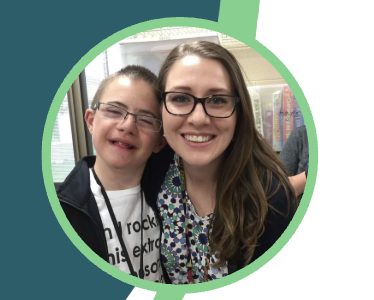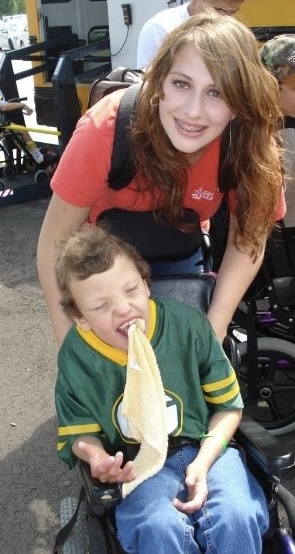Alright – so today we’ve got the honor of introducing you to Allie Tasche. We think you’ll enjoy our conversation, we’ve shared it below.
Allie, thanks for taking the time to share your stories with us today Let’s start with the story of your mission. What should we know?
I’m a third-generation teacher, but my mission was never just to teach—it was to transform the systems that decide who belongs and who doesn’t.
Growing up, I lost my dad to suicide. This gave me a strong understanding of why connection matters — why belonging matters — and how for some, inclusion can truly be a matter of life and death.
I had excellent role models who modeled what it meant to fight for others. My grandmother championed students with complex behavioral needs. My mom immersed herself in learning languages and cultures of her multilingual learners. From them, I learned that belief is powerful – and that teaching starts with truly seeing someone and believing in what’s possible.
I found my passion for disability justice at age 16, after joining my high school’s youth-tutoring-youth program, which paired juniors and seniors with elementary school or middle school classrooms. I didn’t have room in my schedule for the two class periods it required, but desperately wanted to participate – “Well, I suppose we could place her in the basement,” they said.
The basement is where the “CDS room” was housed — a classroom for students with “Cognitive Disabilities– Severe.” The basement is where I found my passion. Where I connected with my peers who were largely hidden from daily school life. I remember feeling struck by the dichotomy of “upstairs” and “downstairs.” I was struck by how easy it seemed for others – peers and teachers alike, to accept the invisibility of these vibrant learners in our school community. That experience opened my eyes, and set me on what would become my life’s path.
Working in summer camps, group homes, and direct service roles – I realized the size and scope of need across the disability community – across age ranges, zip codes, and diagnostic labels. I was learning how to build inclusive classrooms by day, and witnessing the lifelong cost of exclusion by night – supporting adults in group homes who had spent their early lives in institutions.
That dual perspective shaped my conviction that inclusion isn’t just for children—and it isn’t guaranteed. Without intentional systems and sustained effort, people can and will be left behind.
That’s why I do this work. Inclusion is not a special initiative—it’s a promise. A commitment to building systems that don’t just accommodate, but affirm. The spaces we shape—schools, libraries, museums—must offer more than access. They must offer acceptance. They must extend belonging. Because when we create communities where no one is hidden, we don’t just make them stronger—we make them whole.
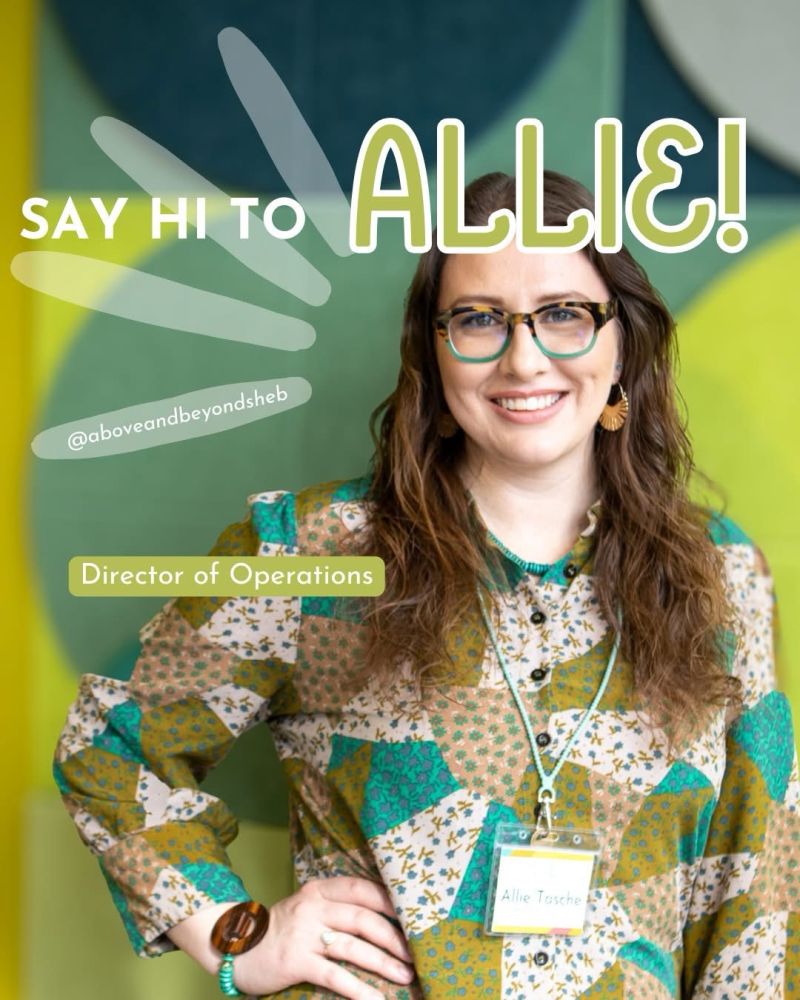
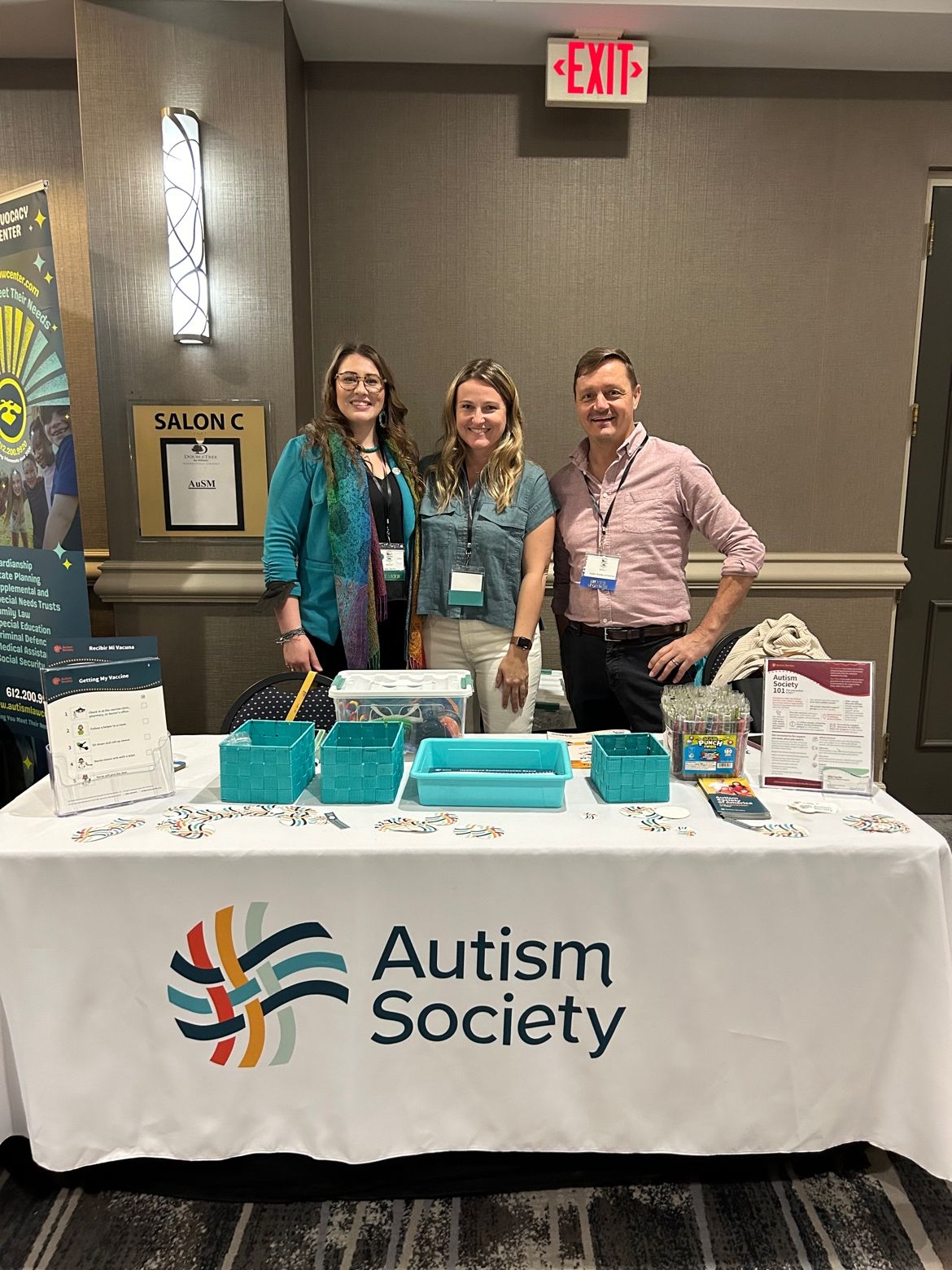
Awesome – so before we get into the rest of our questions, can you briefly introduce yourself to our readers.
I’m a lifelong inclusionist who has worked at the intersection of education, disability justice, and community development for nearly two decades. My career began in schools, but my work has always stretched beyond the classroom—toward systems, communities, and policy.
I went on to teach in public schools, coach educators in Universal Design for Learning and support district leaders to implement inclusive practices for students with complex disabilities and build leadership structures that center equity and belonging. I learned that real change doesn’t come from individual brilliance—it comes from collective commitment and systems intentionally designed to support all learners.
That work led to national leadership, where I served as Vice President of Programs at the Autism Society of America. There, I helped guide national strategy to improve access to education, healthcare, public safety, and employment for autistic individuals and their families. Supporting over 70 affiliates across the country – I gained insight into bright spots of progress along with shared pitfalls, detours, and holes in the fabric of our communities. I was reminded, daily, that the absence of inclusion has a cost—and it’s measured in isolation, injustice, and intergenerational harm.
Now, I’m focused on hyper-local efforts in my own community. I serve as Director of Operations at Above & Beyond Children’s Museum in Sheboygan, Wisconsin, where we believe in the transformational power of play — for everyone. I’m supporting sensory safety efforts at our local library, and proudly serve on the School Board for my local district, where I continue to advocate for policies that reflect equity, dignity, and access for every student.
What sets my work apart is a deep and unwavering connection to my why. Every role I’ve taken—whether in a classroom, museum, nonprofit, or governance setting—has been rooted in a commitment to dismantling exclusion and building systems that affirm, uplift, and include. I bring both systems-level strategy and human-centered leadership to the work of inclusion.
Across every chapter of my career, my goal has remained the same: to create spaces where no one is hidden—and where people, especially those historically left out, feel invited, known, and valued. Learning and joy aren’t extras. They’re powerful tools for healing, connection, and justice. That’s the work I do—and the future I’m building.

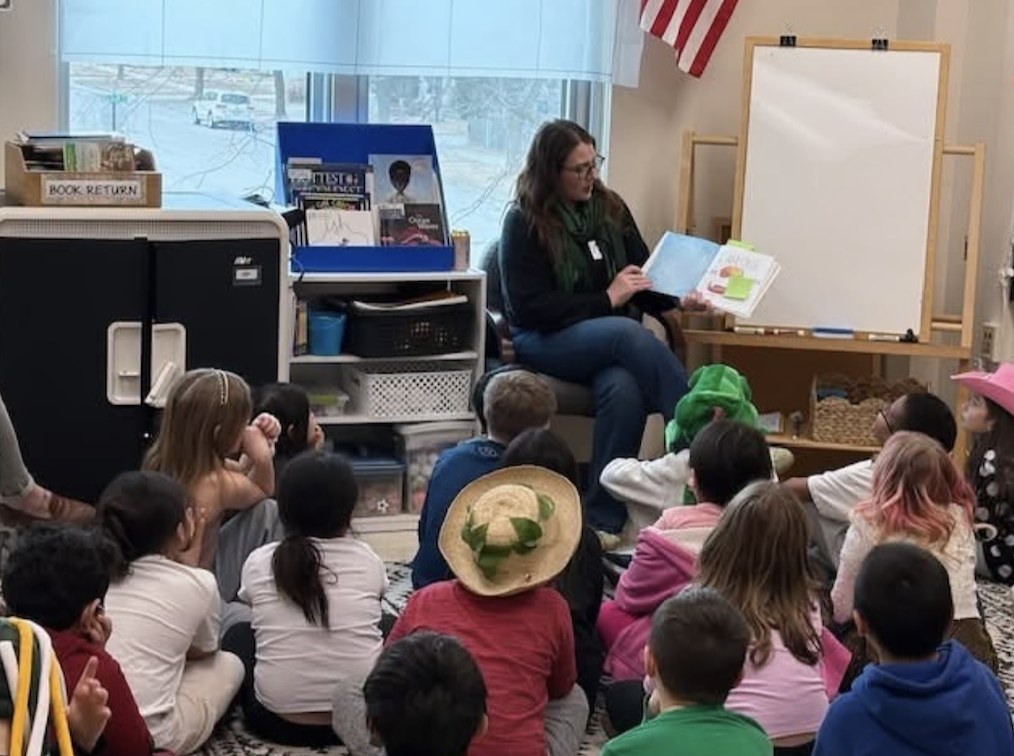
Have any books or other resources had a big impact on you?
The most transformative learning in my life hasn’t come from books alone—it has come from direct experience. From supporting adults in group homes. From collaborating with neurodivergent advocates, families, and professionals across the disability community. From witnessing, up close, the incredible diversity of experience, thought, needs, and dreams that exist within a shared community—and how often systems fail to reflect that richness.
Just as powerful have been the relationships I’ve built with students. I’ve walked alongside learners who were once segregated or underestimated, and witnessed what happens when inclusion is not just practiced, but believed in. I’ve seen students who were once silenced find their voices, grow in confidence, and pursue futures once thought impossible. Inclusion changes trajectories—not just academically, but emotionally, socially, and generationally. Those relationships have been my greatest teachers.
Alongside these lived experiences, I’ve also been shaped by the wisdom of thought leaders who challenge the status quo:
Start with Why by Simon Sinek reminded me that purpose must precede strategy. A clear why gives our work direction, integrity, and staying power—especially when advocating for systemic change.
Dare to Lead by Brené Brown taught me what it means to lead bravely and vulnerably. That clarity and compassion are not opposites—and that courageous leadership is born from connection, not control.
Switch: How to Change When Change Is Hard by Chip and Dan Heath helped me understand how systems change is less about pushing logic, and more about aligning emotion, environment, and momentum. It’s one of the most practical tools I use when guiding inclusive redesign.
Paul Gorski’s “Fix Injustice, Not Kids” Principle reshaped how I approach equity work in schools. It’s a bold reminder that we can’t address injustice through compliance—we have to confront root causes, not symptoms.
Overcoming the Achievement Gap Trap by Anthony Muhammad challenged me to examine the mindset barriers within school systems—how belief systems, not just resources, influence outcomes for marginalized students.
Coaching for Equity by Elena Aguilar has been my guide in the hard work of adult learning and systems transformation. It’s helped me navigate power dynamics, uncover biases, and hold space for growth with humility and urgency.
These thinkers—and the people I’ve worked alongside in classrooms, museums, boardrooms, and beyond—have all shaped how I see the world. Together, they’ve taught me that inclusion is not a static policy or destination. It’s a daily practice. A posture of listening, disrupting, redesigning, and reaching forward.
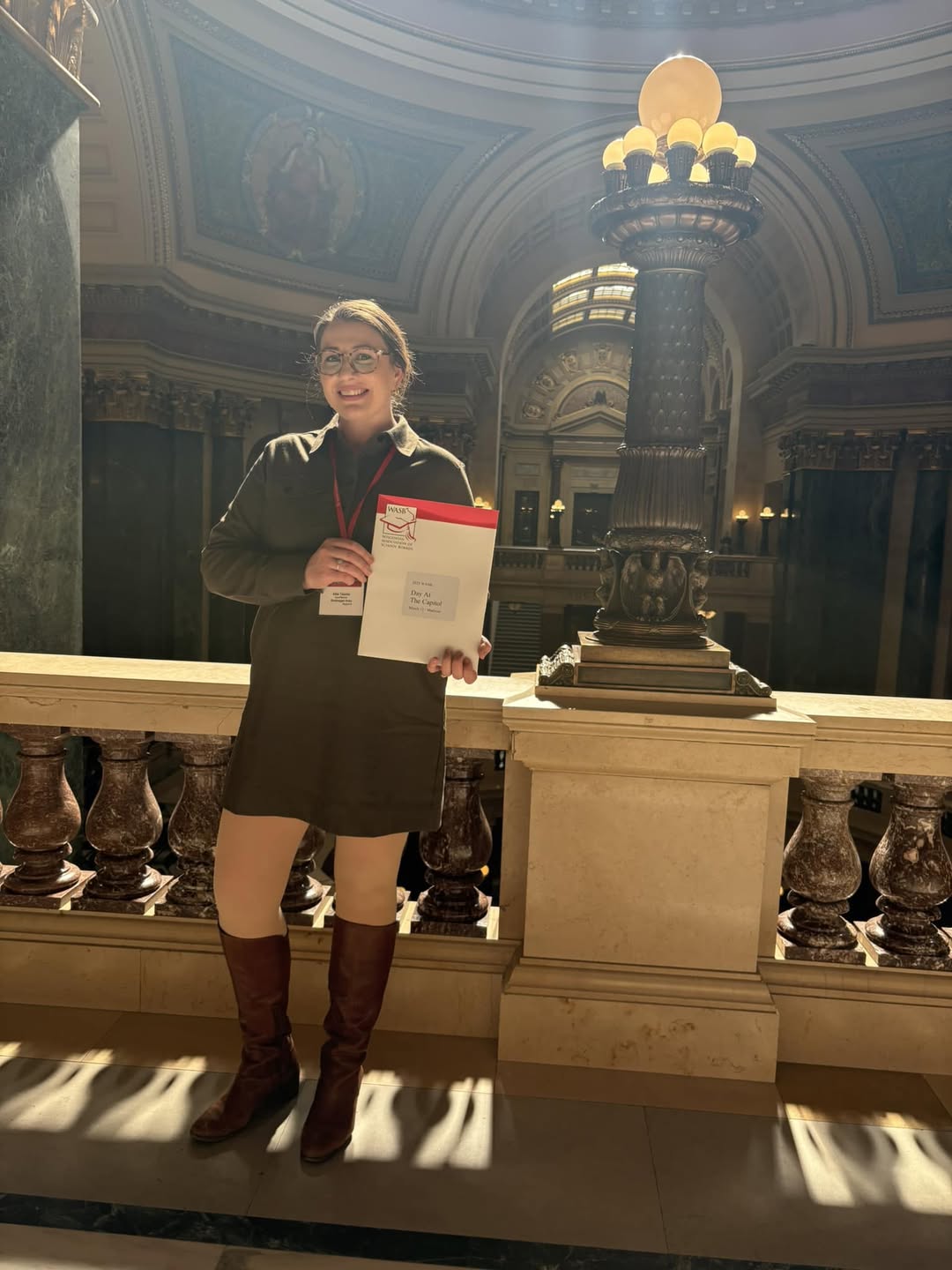
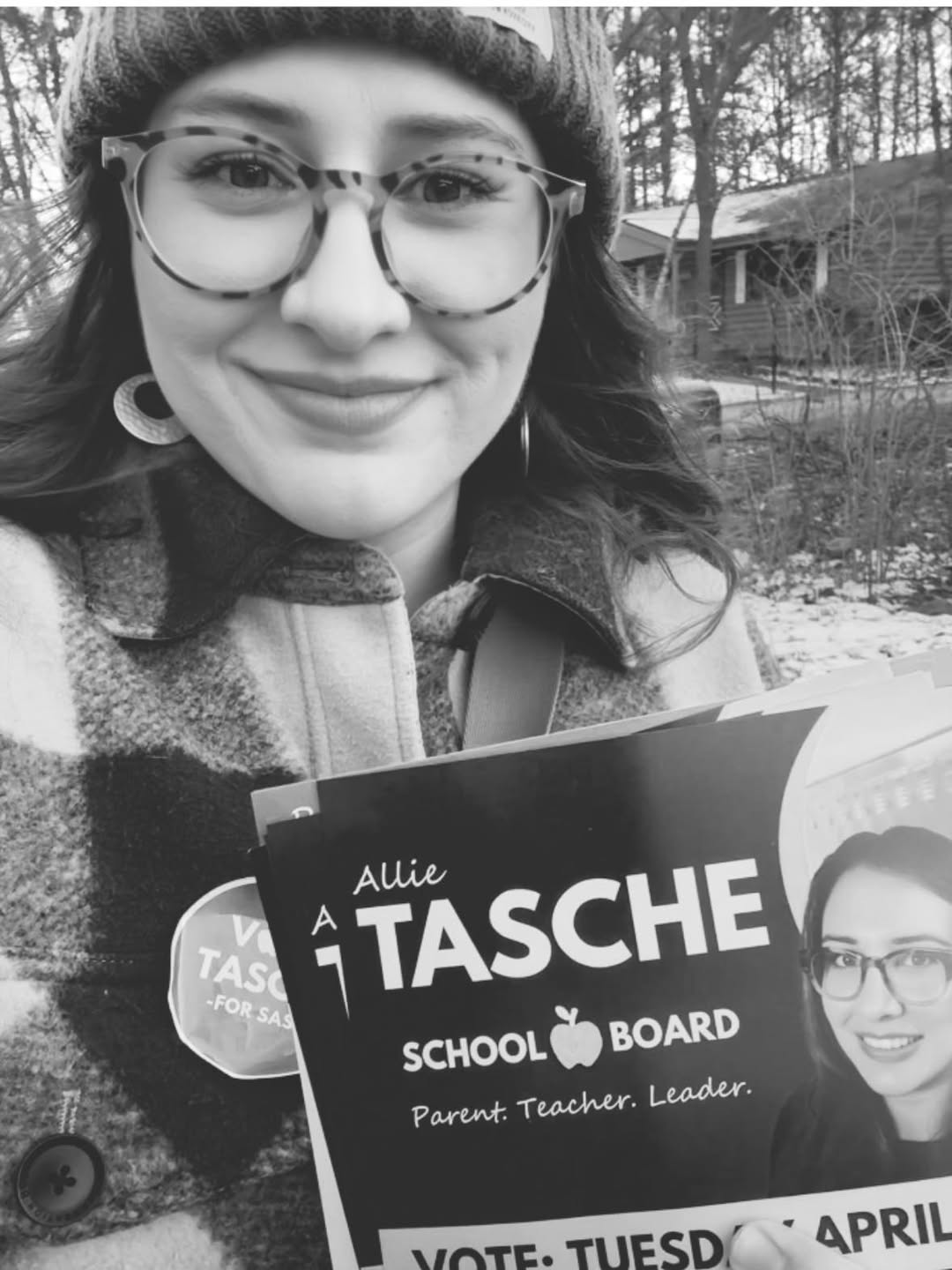
Learning and unlearning are both critical parts of growth – can you share a story of a time when you had to unlearn a lesson?
To get to where I am today, I had to unlearn the “behaviorism” that is so deeply entrenched in systems of education, independent living, and therapeutic support. I had to unlearn the belief that progress could be measured against a mythical norm—and that “average” was something to strive for, even at the expense of one’s identity or mental health.
We often reward assimilation without asking whether the environment itself is just, accessible, or affirming. We focus on modifying the individual, instead of transforming the systems surrounding them. I had to unlearn the urge to “fix,” and instead learn to pause, ask, listen, and adapt. To embrace compassionate curiosity over control. To see every unmet expectation not as defiance, but as an invitation to understand unmet needs or unspoken truths.
This shift is critical not only in schools, but in museums, libraries, and every community space we build. If we want to create places where people of all identities and abilities feel safe, seen, and supported, we have to stop asking individuals to conform—and start asking institutions to change.
That shift—from managing behavior to building belonging—has shaped how I lead, how I partner, and how I parent. It’s changed everything.
Contact Info:
- Website: https://www.abkids.org/staff
- Linkedin: https://www.linkedin.com/in/allie-tasche/
